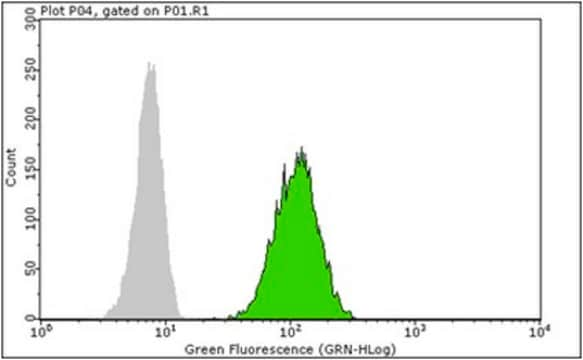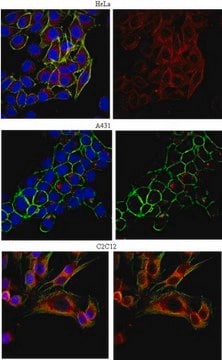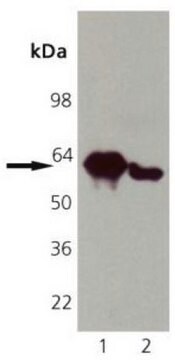208910
Anti-Calreticulin (405-417) Rabbit pAb
liquid, Calbiochem®
About This Item
Produtos recomendados
fonte biológica
rabbit
Nível de qualidade
forma do anticorpo
purified antibody
tipo de produto de anticorpo
primary antibodies
clone
polyclonal
forma
liquid
contém
≤0.1% sodium azide as preservative
reatividade de espécies
monkey, human, mouse, canine, hamster, bovine, rat, porcine
fabricante/nome comercial
Calbiochem®
condição de armazenamento
OK to freeze
avoid repeated freeze/thaw cycles
Isotipo
IgG
Condições de expedição
wet ice
temperatura de armazenamento
−20°C
modificação pós-traducional do alvo
unmodified
Descrição geral
Imunogênio
Aplicação
Immunocytochemistry (see comments)
Immunoprecipitation (see comments)
Immunohistochemistry (see comments)
Advertência
forma física
Reconstituição
Outras notas
Wada, I., et al. 1997. EMBO J. 16, 5420.
Nauseef, W.F., et al. 1995. J. Biol. Chem.270, 4741.
Jethmalani, S.M., et al. 1994. J. Biol. Chem. 269, 23603.
Smith, M.J., and Koch, G.L.E. 1989. EMBO J.8, 3581.
Informações legais
Not finding the right product?
Try our Ferramenta de seleção de produtos.
Código de classe de armazenamento
10 - Combustible liquids
Classe de risco de água (WGK)
WGK 1
Certificados de análise (COA)
Busque Certificados de análise (COA) digitando o Número do Lote do produto. Os números de lote e remessa podem ser encontrados no rótulo de um produto após a palavra “Lot” ou “Batch”.
Já possui este produto?
Encontre a documentação dos produtos que você adquiriu recentemente na biblioteca de documentos.
Nossa equipe de cientistas tem experiência em todas as áreas de pesquisa, incluindo Life Sciences, ciência de materiais, síntese química, cromatografia, química analítica e muitas outras.
Entre em contato com a assistência técnica







